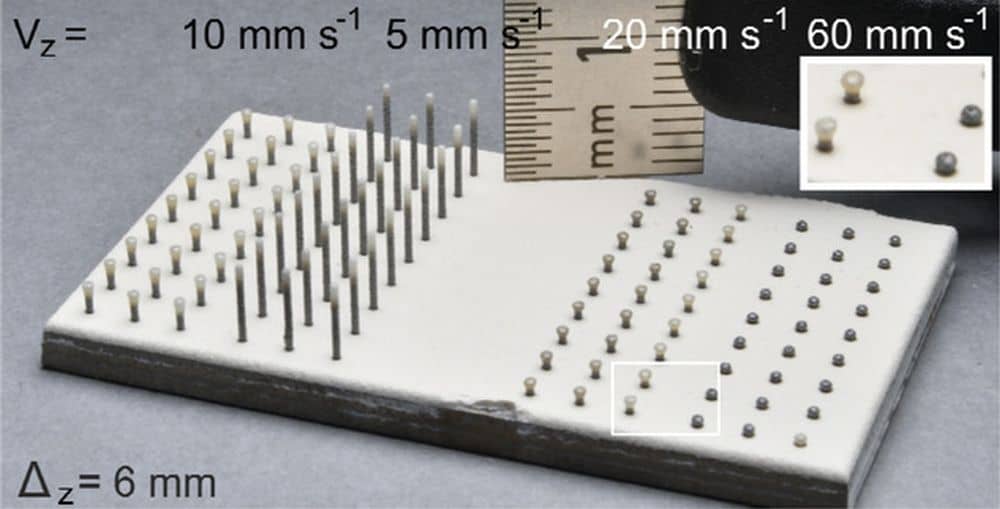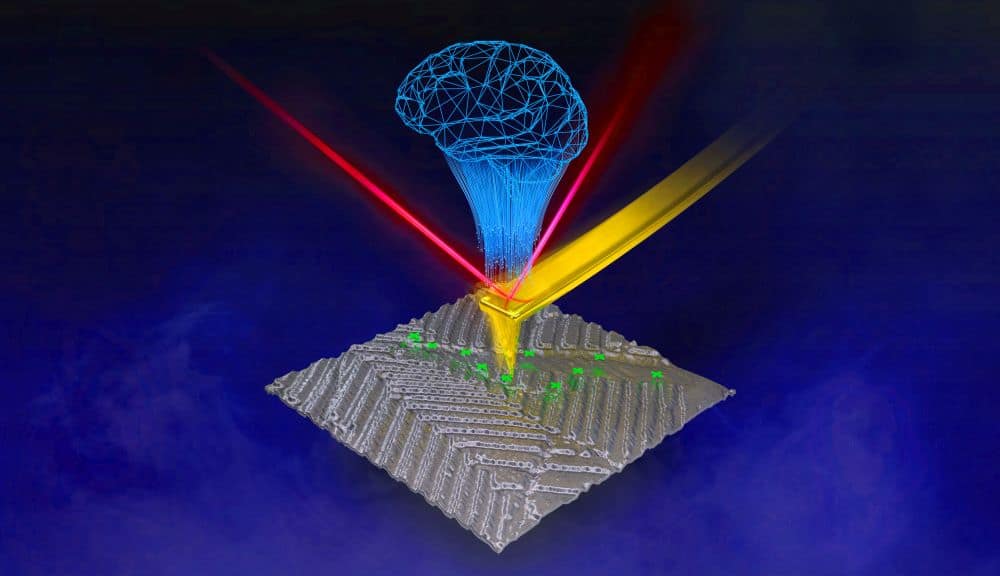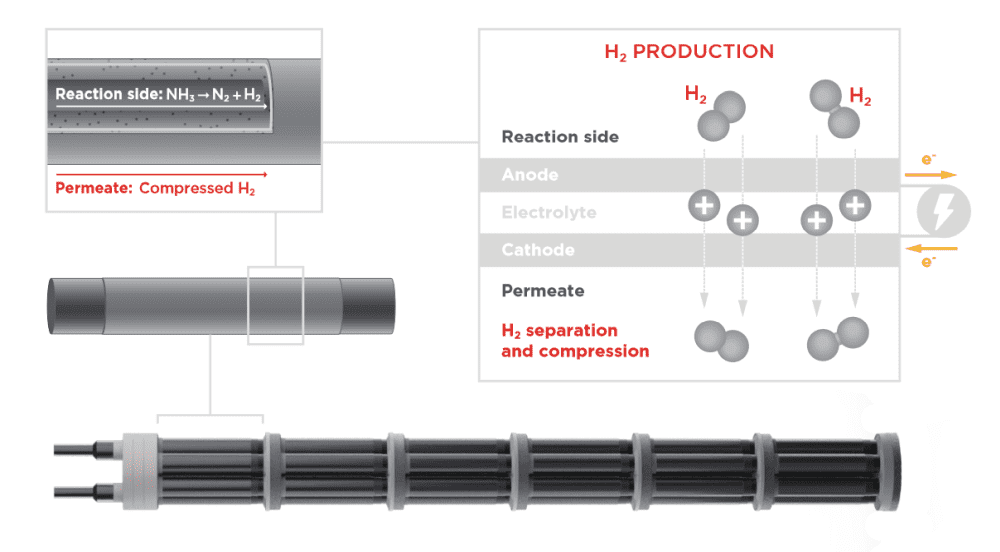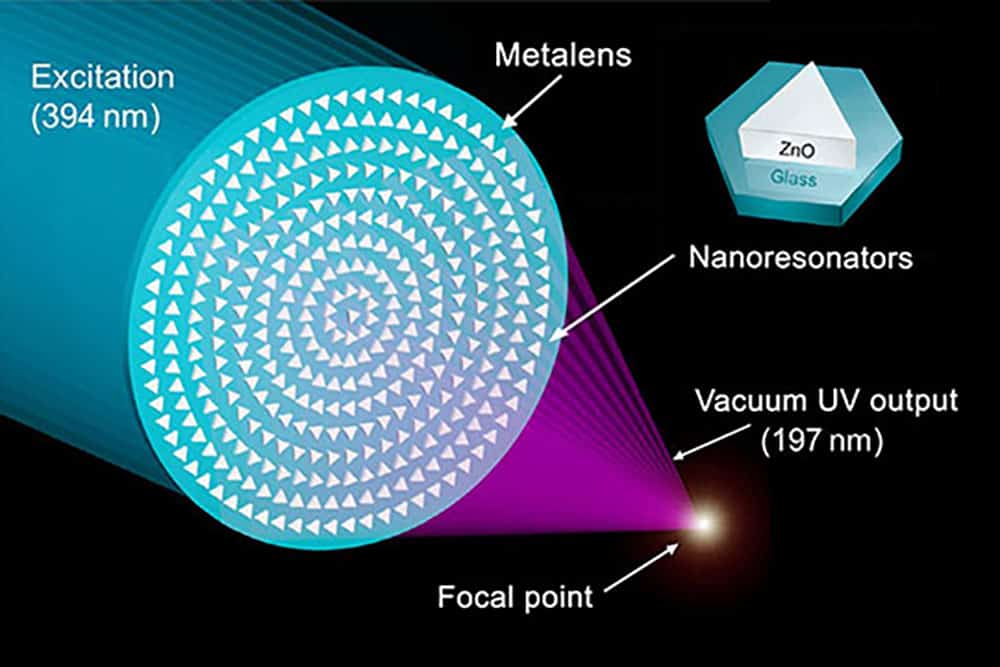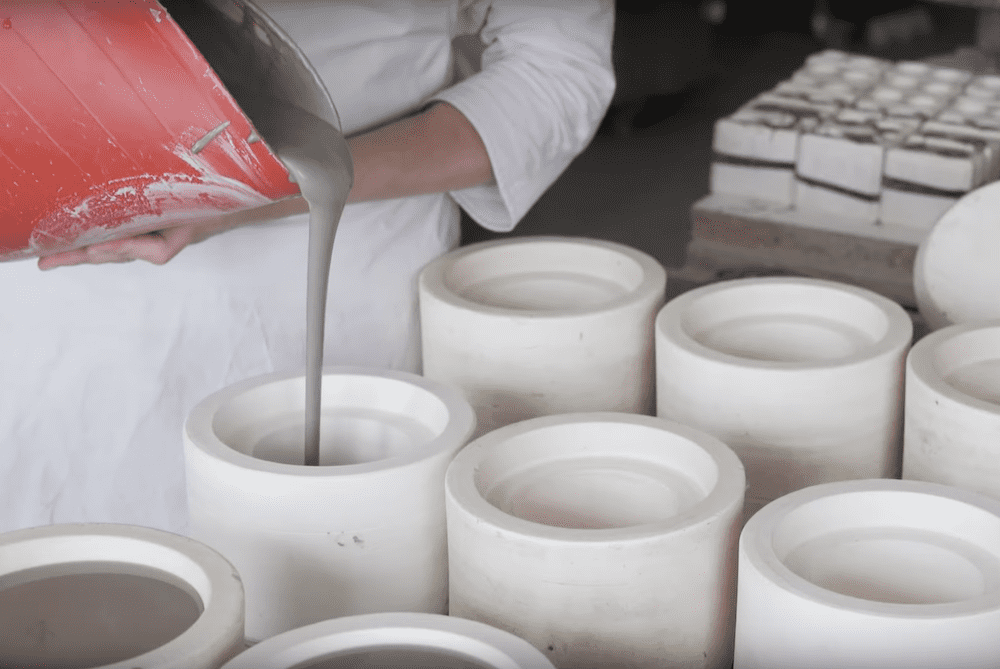Storing data generated by sophisticated microscopy instruments is quite easy, but accessing, interpreting, and acting on the terabytes of data is challenging. Two recent papers offer interesting approaches to interacting with electron microscopes and the data they produce.
Read MoreChemical storage offers a potentially easier way to transport hydrogen, but there is room to improve the way in which hydrogen is extracted from the carrier compound. Researchers led by CoorsTek Membrane Sciences designed a new electrochemical membrane reactor that achieves more than 99% hydrogen extraction efficacy.
Read MoreMany of the world’s easily accessible freshwater sources are being drained faster than they are being replenished. In two recent papers, researchers led by Jilin University investigated the potential of a clay-based self-propelling nanomotor to purify water.
Read MoreThe miniaturization of implantable medical devices is necessitating development of alternative energy systems. Researchers at the University of Chicago created porosity-based silicon heterojunctions that offer an efficient and safer way to perform optoelectronic modulation of tissues.
Read MoreGlucose fuel cells allow for significant volumetric scale-down of implantable devices because they do not physically store energy like batteries. However, cells that use polymer-based electrolytes face some limitations. Researchers from MIT and the Technical University of Munich developed glucose fuel cells using a ceramic membrane that overcome these limitations.
Read MoreFew musical instruments are made out of glass. In the mid-1700s, American polymath Benjamin Franklin was inspired by glass harps to design a friction-based instrument called the glass armonica. Though popular at the time, glass armonicas are largely forgotten today.
Read MoreAluminum-ion batteries are faster, cheaper, and safer than lithium-ion batteries, but finding an appropriate material for the cathode is proving to be a barrier to commercialization. Researchers in Poland investigated the potential of carbon–tungsten oxide composites as cathode materials.
Read MoreFlash-sintering of ceramics can lead to microstructural heterogeneity, which can negatively impact the material’s performance. Researchers in Brazil demonstrated that forming method can influence the final microstructure of flash-sintered ceramics.
Read More
